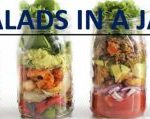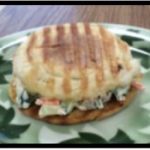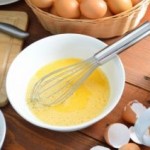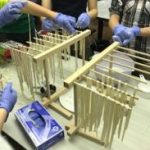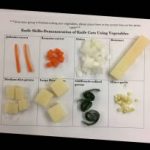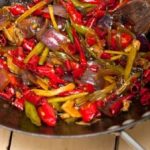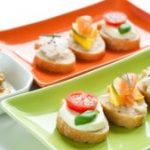
I think I love breakout activities almost as much as my students do! So, I thought I’d try my hand at another one, using it as a way for students to acquire their notes regarding food safety actions. In this breakout, students must put the puzzles together that form their notes, complete the notes form and scan for a number to help them eventually open their box. In this breakout, only one box per group is used and within it contains a scenarios activity that utilizes the notes students just spent time obtaining. The boxes also contain a small treat that students may eat while completing their scenario assignment. How do you use breakouts in the classroom? I’d love to hear your ideas, so please share in the comments section below!


